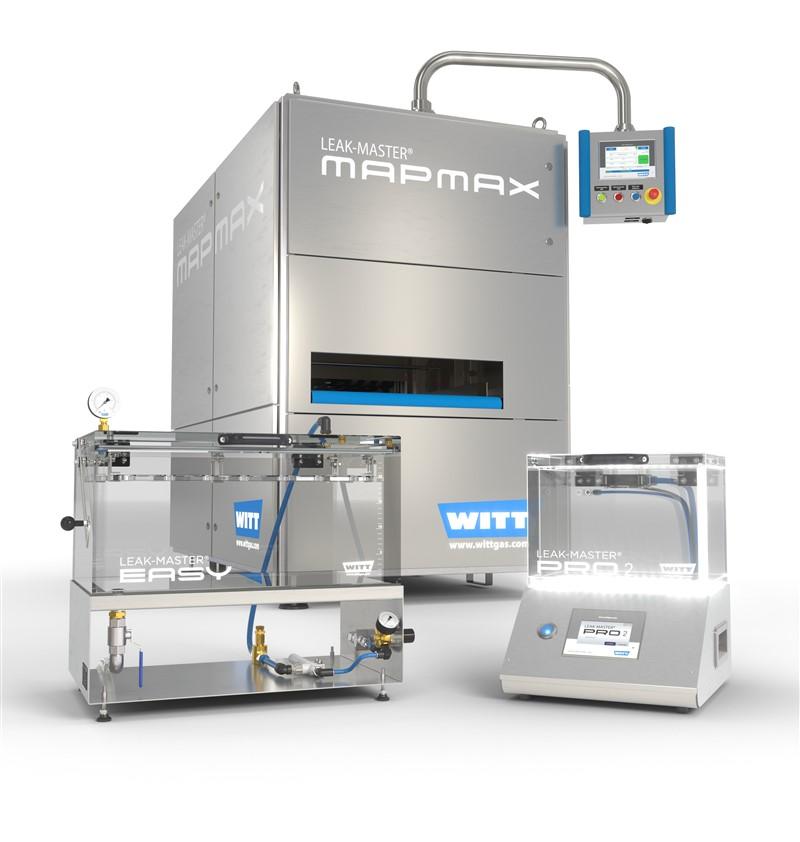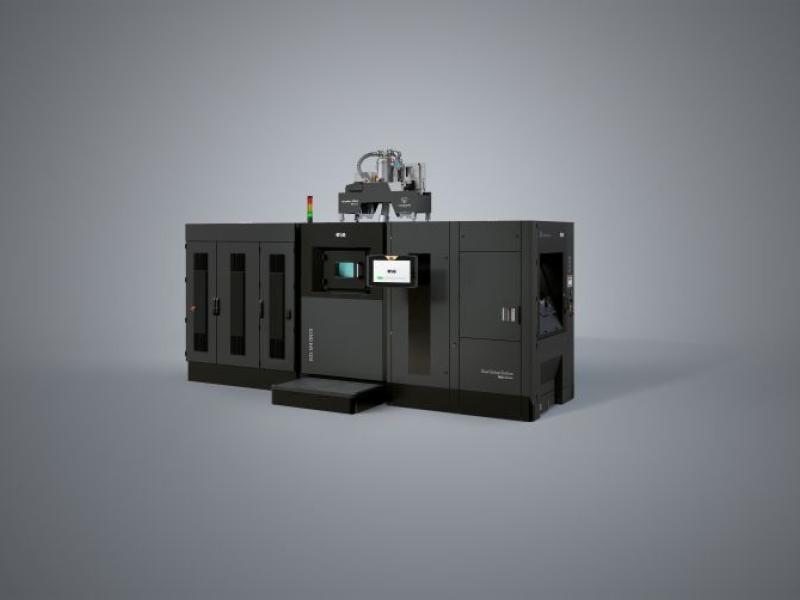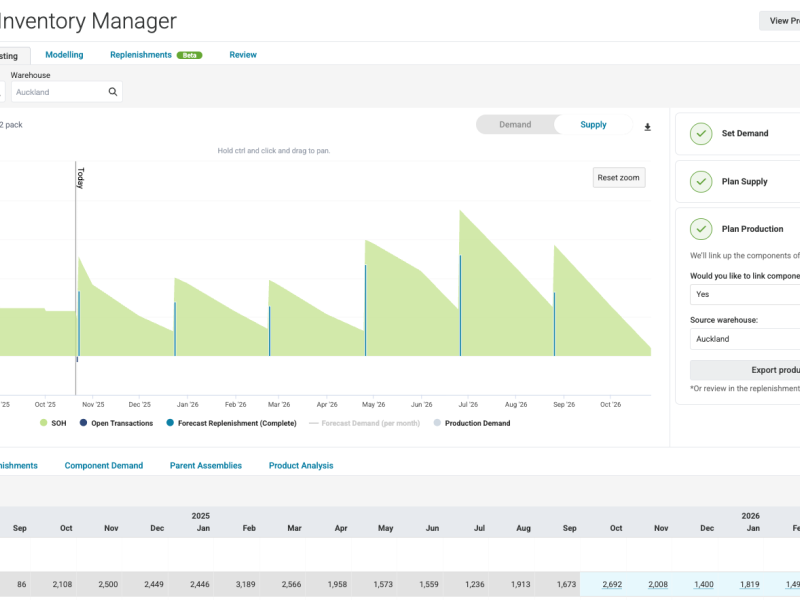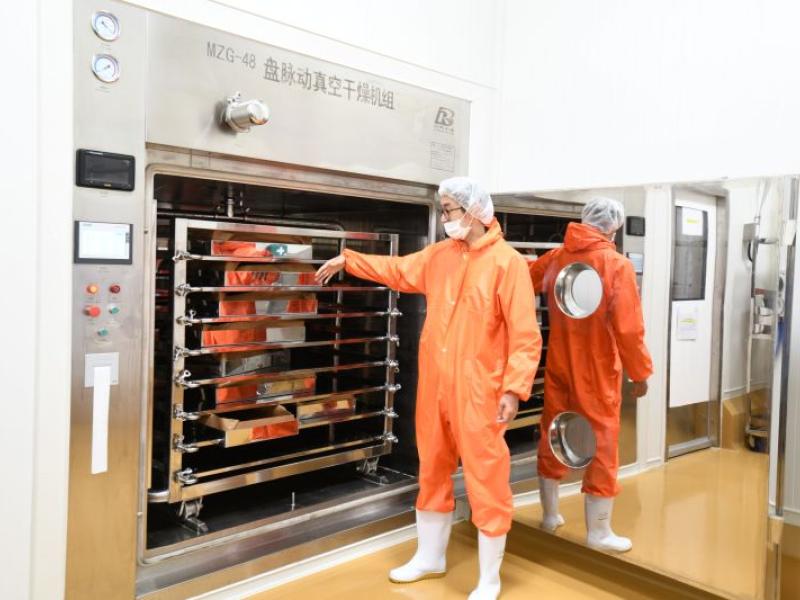Many industrial products have to be leak-tight. For example, food, cosmetics or pharmaceutical packaging, but also products such as lights in the automotive industry, electronics or plastic components. But how can manufacturers test the leak-tightness of their products? In this interview, Geert Elie from WITT, a leading supplier of leak testing equipment, gives an overview of the possibilities and explains the advantages and disadvantages.
Mr. Elie, what do you recommend to customers who want to test their products for leaks?
The entry-level solution is to test in a water bath. This is a very simple, yet effective method. The test specimen is held under water and the tester watches for rising air bubbles. Very intuitive.
So it's like patching a bicycle tube?
In principle, yes, except that the product is not inflated, but tested in a vacuum chamber. The product inflates itself, and bubbles escape from leaks. The important thing is: You not only know that the packaging is leaking, but you also immediately recognize where. This allows weak points in the process to be detected and eliminated. It is not without reason that our LEAK-MASTER EASY is used by so many customers.
And which products can be tested in this way?
Practically everything that has to be leak-proof. Often it is packaging, e.g. tubular bags, stand-up pouches or thermoformed trays, even vacuum packaging can be tested with the EASY. Mostly it is about meat or sausage products, salad, bread, snacks, dairy products, pet food or medical products. Even the popular coffee capsules are possible. And lights, bubble wrap or plastic parts must also be leak-tight.
So is the water bath the perfect solution?
That depends on the requirements. If it's just a matter of checking for leaks and finding the sources of leaks, these devices are very good indeed. But of course there are limitations: Testing in water usually means I can no longer put the product on sale. In addition, the test is performed by a human tester. This places quite high demands on the personnel and may have an influence on the result. Many customers deliberately ask me for a more standardisable method.
What is your answer?
A leak test using specific test gas and sensor technology. With the LEAK-MASTER PRO 2, we have a device that determines the leak tightness of relevant products, using CO2 sensors. Here, too, a vacuum is created in a test chamber to suck gas out of the leaking packaging. The parameters such as vacuum and measurement time are defined in advance by the customer. The test is performed automatically. At the end of the measurement, the PRO 2 displays the result by means of a rotating light signal. If the device lights up red, for example, CO2 has been detected and the product is leaking. The test is therefore completely independent of the inspector and is therefore standardised and reproducible. Of course, everything is documented digitally and the data can also be exported.
How long does such a test take, and what size of leak can I determine in this way?
The more CO2 in the packaging, the faster you can find a leak. As a rule, 8-10 seconds are often sufficient. In principle, leaks of 10 micrometers or more can be reliably detected. In other words, exactly the microleaks that cause problems for manufacturers. A major advantage of CO2 testing is also that it is non-destructive. After testing, the leak-proof packages can be put on sale without any problems. This saves waste and costs.
When should a user opt for a water bath and when for a CO2 unit?
Just to restate: Water bath devices provide the cheapest method, they’ve been proven over may years and work reliably. If I want to find out where my product is leaking, I need a water bath in any case. And if I don't have CO2 in the product, or I have a vacuum pack, the water bath is the best option.
For more standardisation and automation, CO2 units are a good choice. This is because they do not need to be inspected by a human inspector. The result is still absolutely reliable even after the umpteenth test at the end of a long working day. Second point: You can test the leak-tightness without destroying the product. And finally, testing without water is cleaner and less complicated. Regular changing of water and cleaning are not necessary.
Ideally, I have both devices. With the CO2 device, I perform all spot checks safely and non-destructively. In the case of a leaking package, I can use the water bath to find the position of the leak and eliminate the weak spot.
But when it’s random sampling, a leaking product could still reach the customer, with its consequent loss of quality. How can this be reliably prevented?
Only a 100% inspection offers 100% certainty. So I usually need an inline solution. Here, too, machines with CO2 sensors have become well established in practice. Like our LEAK-MASTER® MAPMAX, for example, which food producers all over the world use to ensure perfect packaging and thus the quality of their products.
How does it work exactly?
As with the PRO 2, the MAPMAX receives all the packages from the packaging machine. A vacuum is created in a chamber. Sensors detect escaping CO2.
And what happens if a leak is found?
There is an alarm directly on the device. In addition, leaking packages can be physically rejected. As I said, everything is fully automatic. What's more, it's very fast and absolutely reliable. The MAPMAX manages up to 15 cycles per minute.
But most machines pack faster than 15 cycles per minute.
In most cases, the MAPMAX is used to directly test whole batches or cartons. There are indeed some faster machines on the market where pressure is applied to the package via a roller. However, this method is quite coarse and only finds very large leaks. This is not fine enough for most products. In fact, testing outer packaging is the safest because the testing is done at the very end of the process. After that, the packaging is no longer touched and cannot be damaged.
So inline testing is the silver bullet of leak testing?
Whether random testing or inline is actually needed depends greatly on the product, the packaging, the process, the Best Before Date, and also the distribution channels. But in any case, inline offers the maximum certainty.






